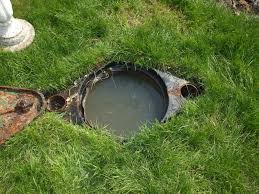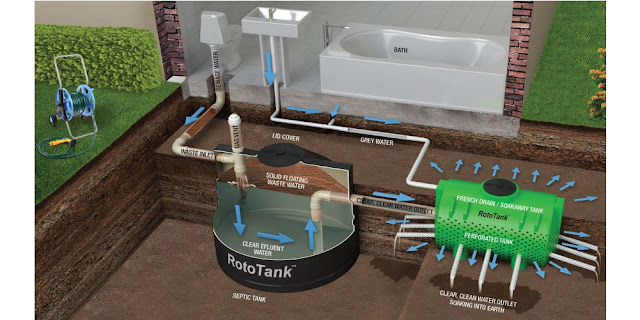What is the purpose of septic tank
Septic tanks are an essential part of many homes and buildings that are not connected to a centralized sewage system. They are designed to safely collect and treat wastewater from toilets, sinks, and other plumbing fixtures. In this blog post, we'll discuss the purpose of septic tanks, how they work, and why they are important.
What is the purpose of septic tanks?
The purpose of a septic tank is to collect and treat wastewater from a property that is not connected to a centralized sewage system. This wastewater can come from toilets, sinks, showers, and other plumbing fixtures. Septic tanks are typically made of concrete, fiberglass, or polyethylene and are buried underground.
How do septic tanks work?
Septic tanks work by allowing wastewater to flow into the tank where it separates into three layers: solids, liquids, and scum. The solids sink to the bottom of the tank and form a layer of sludge. The scum, which is made up of fats, oils, and grease, floats to the top of the tank. The liquids, which are mostly water, remain in the middle layer of the tank.
Once the wastewater is in the tank, bacteria in the tank begin to break down the solids and scum. This process is called digestion, and it produces gases that are released into the air through a vent on the roof of the tank. Over time, the sludge layer at the bottom of the tank will build up and must be pumped out by a professional septic service.
The liquids in the middle layer of the tank flow out of the tank and into a drain field or leach field. The drain field is typically a network of perforated pipes buried in gravel that allow the liquids to seep into the ground. The soil acts as a natural filter, removing harmful bacteria and other contaminants before the water reaches the groundwater supply.
Why are septic tanks important?
Septic tanks are important because they provide a safe and efficient way to handle wastewater from homes and buildings that are not connected to a centralized sewage system. If this wastewater is not properly treated, it can lead to health hazards for both humans and wildlife. Septic tanks help to prevent the contamination of groundwater and other water sources.
In addition, septic tanks can be more cost-effective than connecting to a centralized sewage system. Connecting to a centralized system can be expensive, especially in rural areas where homes and buildings are spread out. Septic tanks are also more reliable in areas where power outages or other disruptions can affect the operation of a centralized sewage system.
Proper maintenance of septic tanks is crucial to their effectiveness and longevity. Property owners should have their septic tanks inspected and pumped out every few years, depending on the size of the tank and the number of occupants in the building. Property owners should also be mindful of what they flush down the toilet or drain, as certain items can cause clogs or damage to the system.
In summary, septic tanks are an important part of many homes and buildings that are not connected to a centralized sewage system. They provide a safe and cost-effective way to handle wastewater, but proper maintenance is crucial to their effectiveness and longevity. Property owners should understand the purpose of septic tanks and the importance of proper maintenance to ensure their septic system is functioning properly and safely.




Comments
Post a Comment